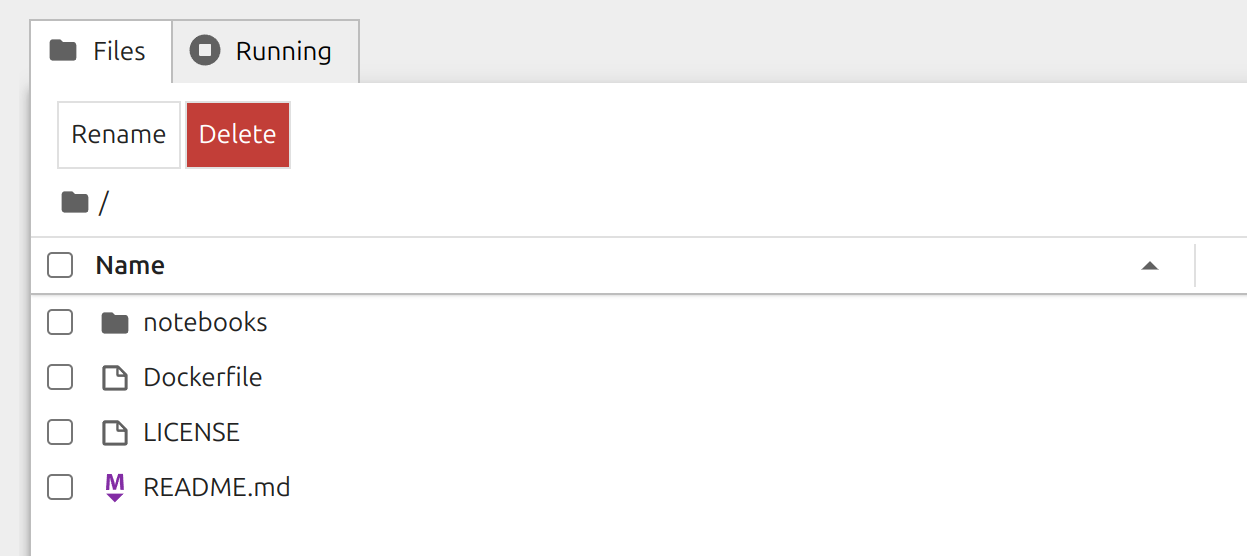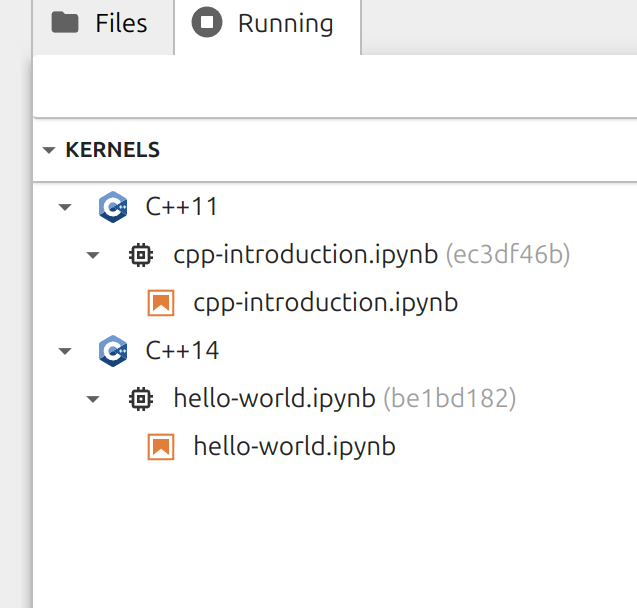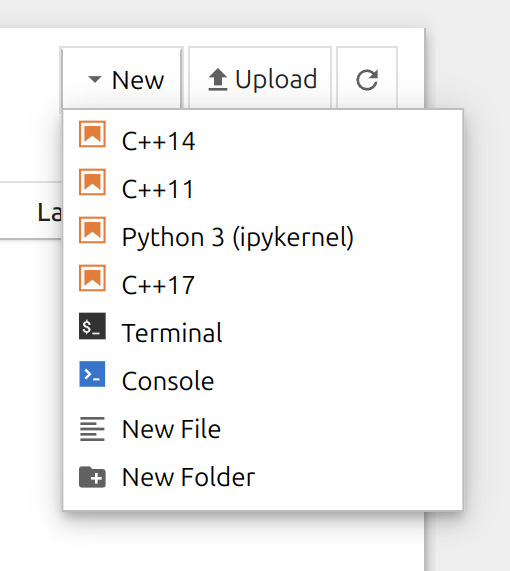Harnessing the Power of C++ in Jupyter Notebooks with Xeus Cling
Hey everyone! I want to share an amazing discovery I made recently about Jupyter Notebook. Let me give you a bit of context so you can appreciate how I stumbled upon this gem. As a data scientist, I frequently use Jupyter Notebooks—a tool that’s incredibly popular for its simplicity and versatility. It’s my go-to for delivering explanatory data, building quick models, and even creating complete executable programs. I’ve always loved how seamlessly it integrates text in HTML and Markdown, and how it allows for interactive code execution. One of the most powerful aspects, in my opinion, is how easy it is to use notebooks to explain complex procedures to non-technical audiences.
Until recently, I believed Jupyter Notebooks only worked with interpreted languages like Python or R—the staple languages in the exciting world of Data Science. But I just discovered that I was wrong! While exploring the book Teaching and Learning with Jupyter, I learned that the open-source community has developed a variety of kernels that support different programming languages, including C++, Haskell, Scala, and many more. This opens up a whole new world of possibilities, and I’m eager to dive in and explore them. If you haven’t already, I highly recommend checking out this resource—it might just change the way you think about Jupyter Notebooks!
To start, I decided to experiment with a compiled programming language because I was genuinely curious about how it would function within Jupyter. I chose C++—a language that brings back memories from my Computer Science degree days. Back then, we didn’t have the luxury of an interpreter to quickly test our code; instead, we had to go through the tedious process of compiling it just to see if our programs worked. I vividly remember how frustrating that was! So, naturally, I was intrigued to see how C++ would integrate into the Jupyter environment.
There are many kernels out there that work with C++ and Jupyter—check out this list. if you’re looking for one for your favorite language. I decided to use Xeus Cling, which seems to be one of the most popular kernels for working with C++.
To simplify the process of using the C++ in Jupyter and get everything up and running quickly—without the hassle of installations and figuring out which tools to install on your machine—I’ve made a template repository available. It includes a Dockerfile that allows you to create an image with everything bundled together. You’ll need Docker for this, but once you’ve got it set up, all the instructions are laid out in the README. After running the image, you can connect to the C++ kernels through Jupyter directly from your browser, with everything running smoothly in a virtual environment inside the container.
In your browser, if you’ve cloned the example repository, you should see something similar to the image below when you access the Jupyter server.
 Xeus C++ template repository snapshot
Xeus C++ template repository snapshot
If you’ve set up the volume correctly, you can modify existing notebooks and create new ones using the different C++ kernels available—without worrying about losing your work when the container stops running.
That’s all, folks! Now you can implement and execute C++ code quickly, with immediate, visible results, all within Jupyter Notebooks.


